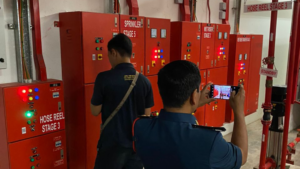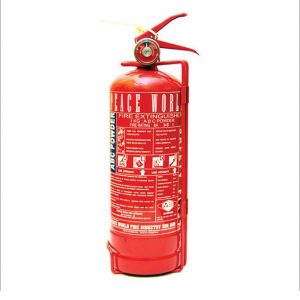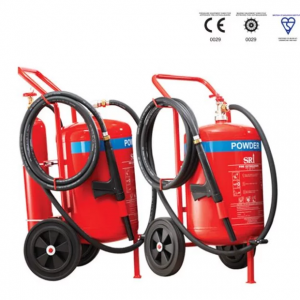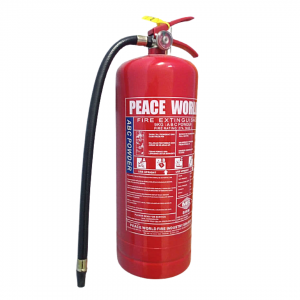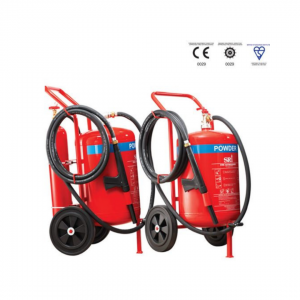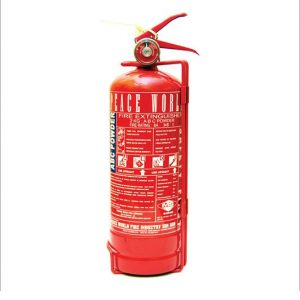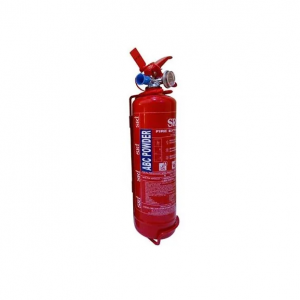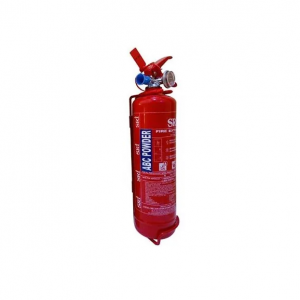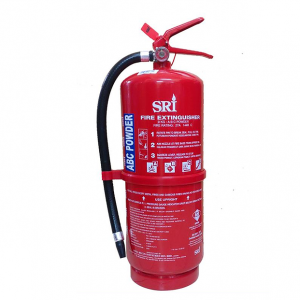Cutting-Edge Technologies in Data Center Fire Protection
What is Data Center ?
A data center is a facility used to house computer systems and associated components, such as telecommunications and storage systems. It is a centralized location where computing and networking equipment is concentrated to collect, store, processing, distributing, or allowing access to large amounts of data. Data centers are critical for the daily operations of businesses, governments, and other organizations, providing essential services such as data storage, management, backup, and recovery.
In today’s digital age, data centers are pivotal in ensuring seamless operations for businesses worldwide. Protecting these critical infrastructures from fire hazards is paramount. With advancements in technology, modern fire protection systems are now more sophisticated and effective than ever before. This article explores the cutting-edge technologies revolutionizing fire protection in data centers, highlighting their benefits and implementation strategies.
Importance of Advanced Fire Protection in Data Centers
- Data Security and Integrity: Advanced fire protection systems ensure the safety of sensitive data, preventing loss and corruption.
- Operational Continuity: Minimizing fire-related disruptions is crucial for maintaining 24/7 data center operations.
- Asset Preservation: Protecting expensive and sophisticated equipment from fire damage is essential for reducing replacement costs and downtime.
Cutting-Edge Fire Protection Technologies
1. Smart Fire Detection Systems
High-Sensitivity Smoke Detectors (HSSD):
- Detect smoke particles at an early stage, providing immediate alerts.
- Reduce false alarms with advanced algorithms that differentiate between smoke and other particles.
IoT-Enabled Sensors:
- Internet of Things (IoT) sensors provide real-time data on environmental conditions.
- Enable remote monitoring and immediate response to fire hazards.
2. Advanced Fire Suppression Systems
Gaseous Fire Suppression:
- Use of inert gases (e.g., Argon, Nitrogen) and chemical agents (e.g., FM-200, Novec 1230) that are safe for electronic equipment.
- Rapidly suppress fires without leaving residue or causing water damage.
Water Mist Systems:
- Utilize fine water mist to cool the fire and reduce oxygen levels.
- Effective in enclosed environments, minimizing water damage compared to traditional sprinkler systems.
3. AI and Machine Learning
Predictive Fire Analytics:
- AI and machine learning analyze data from sensors to predict potential fire risks.
- Provide early warnings and enable proactive measures to prevent fires.
Automated Response Systems:
- AI-driven systems can automatically activate suppression measures, ensuring rapid response without human intervention.
- Integrate with overall data center management for streamlined operations.
4. Integrated Monitoring and Control Systems
Building Management Systems (BMS):
- Centralized control systems that integrate fire detection, suppression, and environmental monitoring.
- Provide a holistic view of the data center’s safety status, enabling quick decision-making.
Real-Time Alerts and Notifications:
- Advanced systems send real-time alerts to mobile devices and control centers.
- Ensure immediate action is taken in the event of a fire detection.
Benefits of Implementing Cutting-Edge Technologies
- Enhanced Early Detection: Early detection systems provide crucial time to address fire hazards before they escalate.
- Reduced Downtime: Quick and effective suppression systems minimize downtime, maintaining service availability.
- Lower Costs: Preventing extensive fire damage reduces repair and replacement costs.
- Improved Safety: Advanced technologies ensure the safety of personnel and critical infrastructure.
Implementation Strategies for Data Centers
- Comprehensive Risk Assessment: Conduct detailed assessments to identify potential fire hazards and vulnerabilities.
- Regular Maintenance and Testing: Ensure all fire protection systems are regularly maintained and tested for optimal performance.
- Staff Training and Drills: Train staff on fire safety protocols and conduct regular fire drills to ensure preparedness.
The integration of cutting-edge technologies in data center fire protection is essential for enhancing safety and operational reliability. Smart fire detection systems, advanced suppression technologies, AI-driven analytics, and integrated monitoring systems provide comprehensive protection against fire hazards. By implementing these advanced solutions, data centers can ensure the safety of their infrastructure, maintain continuous operations, and protect valuable assets. Embracing these technologies is a critical step toward creating a secure and resilient data center environment.
At AITO, we have vast experience in fire protection system and prioritizing advanced fire protection measures not only safeguards the data center but also enhances its overall efficiency and reliability, ensuring it can meet the demands of a digital world.
Please do not hesitate to call us for more details. We offer comprehensive fire safety solutions tailored to meet the unique needs of your data center. Call us at 010-241 2534 / 03-7831 4791 or email at [email protected]
Get Your Consultation For Data Centers Safety with AITO!



